
Somalis are among six populous tribes in Kenya. According to Kenya’s 2019 population census, there are 2.8 million indigenous Somalis in Kenya. COURTESY
Every year, Somalis in Kenya (often referred to as “Kenyan Somalis”) remember the February 1984 Wagalla massacre, which was committed by Kenyan forces in Wajir – a town some 310 miles (almost 500 kilometers) north of the capital Nairobi. According to witnesses, the lives of 5,000 ethnic Somalis were claimed.
Many fear a repeat of the past state violence and repressive tactics used against ethnic Somalis in Kenya as diplomatic tensions between the two countries have soared in recent years on a host of issues, including trade and a maritime dispute.
The maritime dispute marks a major escalation in the impasse between Kenya and Somalia. In 2014, Somalia filed a case against Kenya at the International Court of Justice (ICJ), concerning a maritime dispute in the Indian Ocean.
The case hearing was postponed three times at the request of Kenya. On Feb. 12, 2021, the ICJ rejected Kenya’s fourth request to delay the oral hearings.
Finally, the hearings were set to take place from March 15-18, 2021 at the Peace Palace in The Hague, the seat of the ICJ. In a new twist, on March 12, 2021, Kenya informed the court that it had decided to withdraw from the case, due to the “bias and unwillingness of the court” to accept Kenya’s request to delay the hearings due to the Covid-19 pandemic.
However, the proceedings got underway at the court in The Hague on March 15, 2021, without Kenya’s participation. The potential for an increase in Kenya’s pressure on Somalis in Kenya for revenge is real. Hence, a deepened geopolitical crisis between the two states and its critical implications for the Somalis in Kenya can be understood by the historical context.
A difficult history
Somalis are among six populous tribes in Kenya. According to Kenya’s 2019 population census, there are 2.8 million indigenous Somalis in Kenya – a figure disputed as many pastoral Somalis go unaccounted for. They predominantly live in the North Eastern Province – previously known as the Northern Frontier District (NFD) – an area of 102,000 square miles (264,179 square kilometers). The NFD was under the British colonial administration.
The “Pan-Somalism” movement that started in the early 20th century aimed to unite Somali inhabited territories in East Africa (Italian Somaliland, British Somaliland, French Somaliland, the Somali region in Ethiopia and the NFD in Kenya) to form a greater Somalia.
The New East African Republic of Somalia (Federation of Italian Somaliland, British Somaliland in 1960) wasted no time in bringing about the realization of a greater Somalia dream.
The new parliament passed a motion supporting the union of NFD residents with the Republic of Somalia. On the other hand, the two major nationalist political parties of British Kenya, Kanu and Kado, were opposed to the NFD secession.
In 1962, the colonial administration set up an independent Commission of Inquiry to carry out a referendum to determine whether the NFD population should or not join the Republic of Somalia. The referendum commission published the results, with a majority of 86% of the people in favor of joining their brothers in the Republic of Somalia.
Unfortunately, after gaining independence in 1963, Kenya rejected the outcome of the referendum. The British colonial government ignored the Somalis in Kenya whose aspirations of self-determination had been denied.
As a result, the diplomatic ties between London and Mogadishu were strained.
The armed struggle of the Somali Separatist Movement began as Kenya declared a state of emergency in the NFD. Kenyan security forces committed atrocities against the civilian population in the NFD, including the Garissa Gubai massacre of 1980, the Bula Kartasi massacre of 1980, the Malka Mari massacre of 1982 and the Wagalla massacre of 1984.
According to Kenya’s Truth, Justice and Reconciliation Commission (TJRC) report in 2011, these massacres took place as Kenya inflicted collective punishment on innocent civilians in the NFD.
Moreover, in events remarkably similar to the screening of Jewish citizens in Nazi Germany, Somalis in Kenya were obliged to carry pink ID cards distinguishing them from all other Kenyans.
And so far, little progress has been made on the burning question of the citizenship and belonging of Somalis in Kenya. Despite the Kenya-Somalia controversy surrounding the NFD, Kenya is still pushing an expansionist agenda in Somalia.
Fresh concerns
There were military encounters between Somali Armed Forces and a Kenya-backed proxy militia at the border between the two countries on March 2, 2020, and on Jan. 15, 2021.
The neighboring states accused each other of territorial violations. Somalia accused Kenya of harboring the Jubaland militia, who launched incursions from the northern Kenyan town of Mandera into Somalia.
On the other hand, Kenya accused Somalia of violating its territorial integrity and fighting on Kenyan land. But the residents of Mandera take a dim view of the situation at the border.
On Dec. 22, 2020, they held a mass protest against the presence of the Jubaland militia in Mandera. These protests are a clear manifestation of widespread discontent against Kenya’s military and political intervention in Somalia.
The situation is on the edge of an abyss. At different levels, several mediation efforts have fallen short in solving the political impasse between the two countries.
On Feb. 29, 2020, 11 ethnic Somali Kenyan members of parliament flew to Mogadishu to talk to the Somali government to help find a solution. Ironically, the trip was criticized by Kenyan media which labeled it treason. This no doubt raised uncomfortable historical echoes.
Finally, it is essential for both Kenya and Somalia to resolve the tensions. The Somalis in Kenya should never bear the brunt of a conflict between Kenya and Somalia or between Kenya and al-Shabab.
Just like with any other Kenyan citizen, the Kenyan government has a duty to protect the lives and property of Somalis in Kenya.
Hassan Yuusuf Waal is an activist, freelance writer and documentary filmmaker based in the U.K.






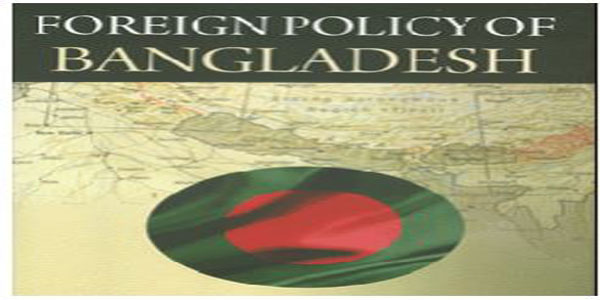
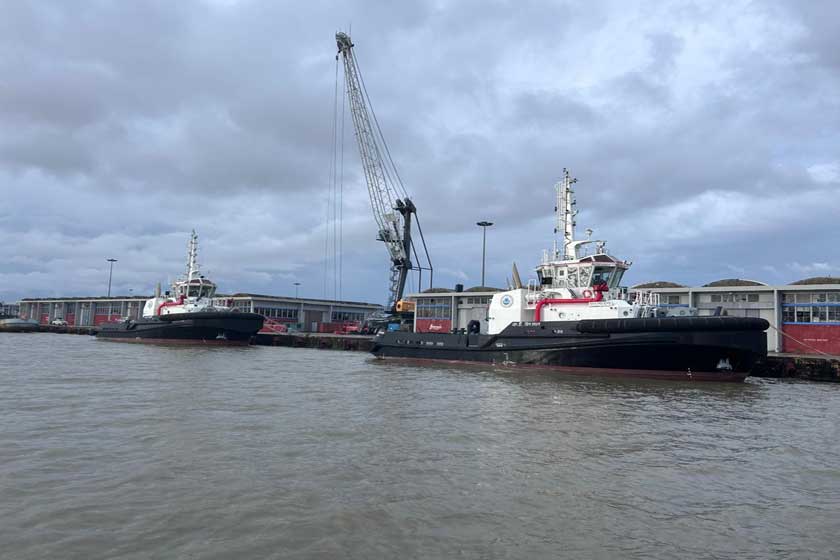
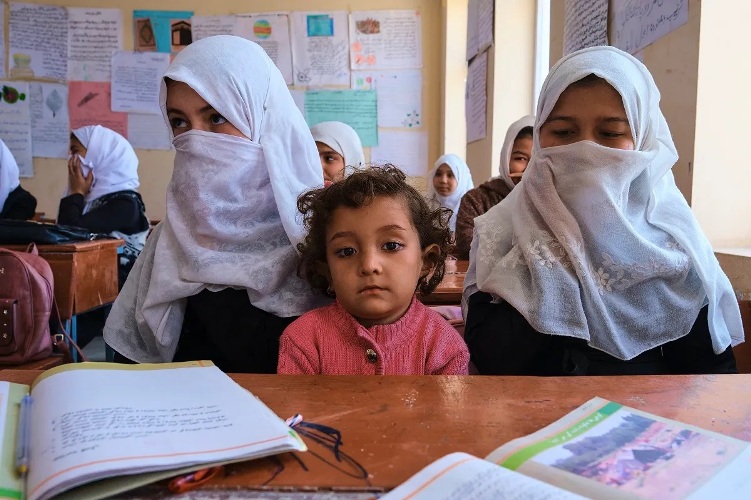
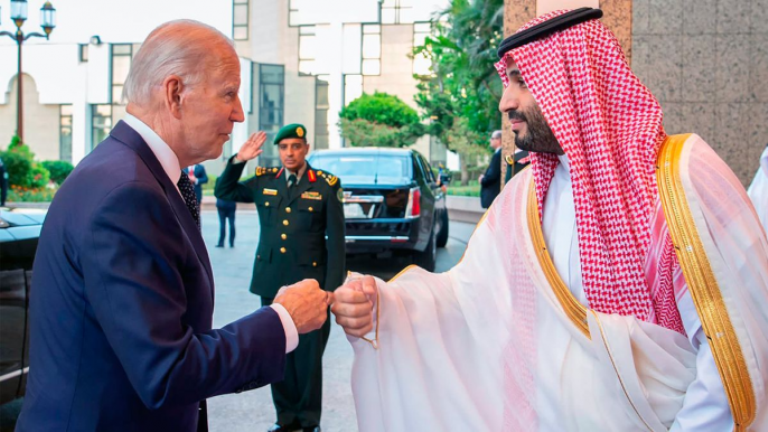

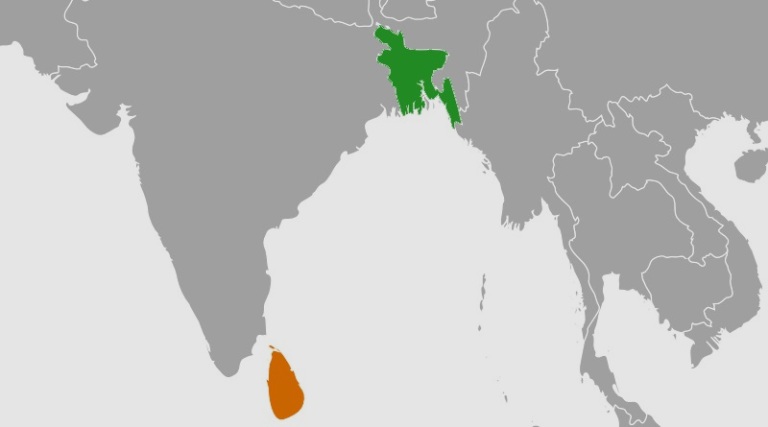
0 Comments